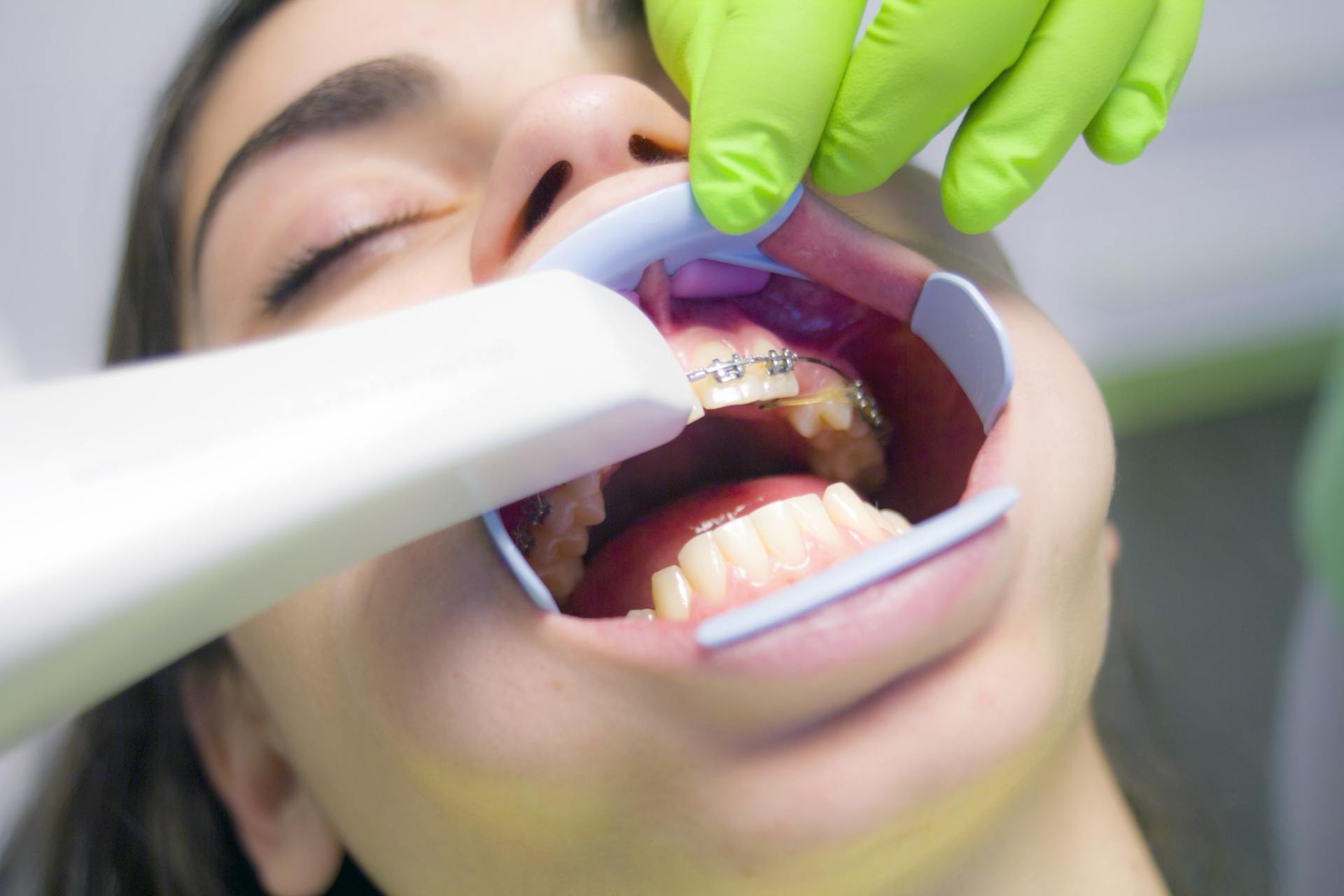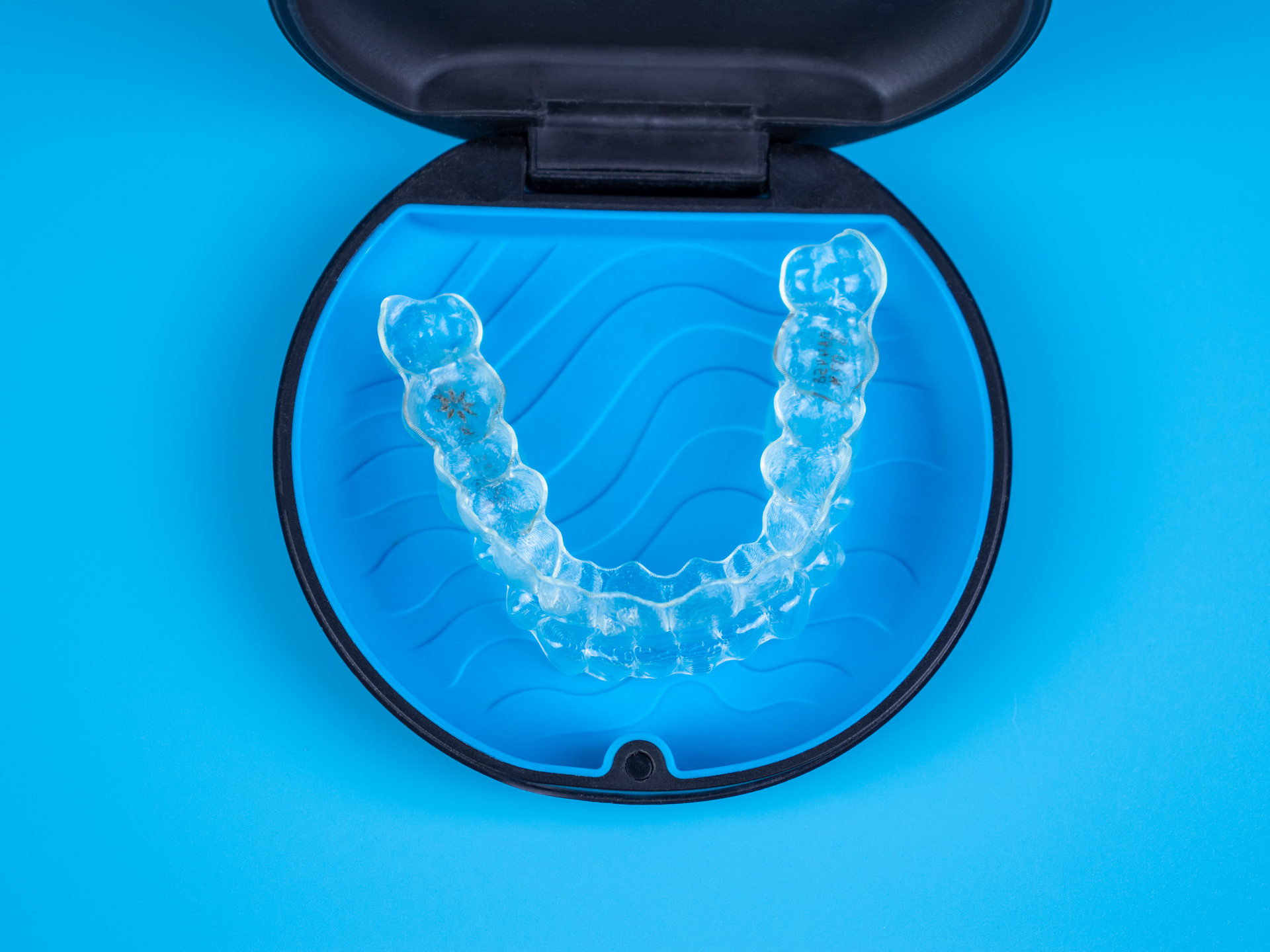A root canal, or an endodontic treatment, occurs when a tooth becomes severely damaged and infected. This can be from built-up decay, trauma, or work repeatedly done on one tooth, such as fillings. A root canal focuses on the reparation of the inside of the tooth, primarily on the nerve and the pulp. The primary function of the nerve and pulp is for sensation; it allows us to feel the variations in temperature. The nerve and pulp of the tooth are removed during the root canal, as they are infected and will continue to irritate and cause damage to your teeth if they are not treated. Removing this function will not affect the health of your teeth, which becomes the priority in the case of a root canal.
Once the nerve and the pulp are removed and the canals are cleaned thoroughly, your dentist will fill the canals with a gutta-percha, which is a permeable filling to kill the current infection and prevent the bacteria from entering the tooth again. Once the permanent crown is placed, the procedure is done, and the patient is set to go home, but it is essential to understand that the tooth just went through a lot of stress and trauma and needs some time to heal and recover before going back to its full function.







